
Bit stuffing is a technique used in data communications systems to detect and correct errors that may occur during data transmission. It works by adding extra bits to the data being transmitted to flag errors when they occur.
A common way to implement bit stuffing in Java is to use a flag byte (such as 0x7E) to indicate the start and end of a frame, and a special escape byte (such as 0x7D) to indicate the next frame byte is a padding bit. For example, the sender will add a padding bit before each occurrence of the flag byte in the sent data so that the flag byte is not mistaken for the beginning or end of the frame at the receiver.
This is an example of how to implement bit stuffing in Java -
public static byte[] bitStuff(byte[] data) {
final byte FLAG = 0x7E;
final byte ESCAPE = 0x7D;
// Create a new byte array to store the stuffed data
byte[] stuffedData = new byte[data.length * 2];
// Keep track of the current index in the stuffed data array
int stuffedIndex = 0;
// Iterate through the original data
for (int i = 0; i < data.length; i++) {
byte b = data[i];
// If the current byte is the flag or escape byte, stuff it
if (b == FLAG || b == ESCAPE) {
stuffedData[stuffedIndex++] = ESCAPE;
stuffedData[stuffedIndex++] = (byte) (b ^ 0x20);
} else {
stuffedData[stuffedIndex++] = b;
}
}
return stuffedData;
}
On the receiving end, you can use similar concepts to retrieve the raw data.
public static byte[] bitUnStuff(byte[] data) {
final byte FLAG = 0x7E;
final byte ESCAPE = 0x7D;
// Create a new byte array to store the unstuffed data
byte[] unstuffedData = new byte[data.length];
// Keep track of the current index in the unstuffed data array
int unstuffedIndex = 0;
// Iterate through the stuffed data
for (int i = 0; i < data.length; i++) {
byte b = data[i];
// If the current byte is the escape byte, unstuff the next byte
if (b == ESCAPE) {
unstuffedData[unstuffedIndex++] = (byte) (data[++i] ^ 0x20);
} else {
unstuffedData[unstuffedIndex++] = b;
}
}
return unstuffedData;
}
This is a basic example of the bit stuffing technique, which can be enhanced to handle more error conditions and verify the data using a CRC or checksum.
Example
certainly! Here is an example of how to use bitStuff() and bitUnStuff() methods in a simple program -public static void main(String[] args) {
byte[] data = {0x48, 0x65, 0x6C, 0x6C, 0x6F, 0x7E}; // Hello~
byte[] stuffedData = bitStuff(data);
System.out.println("Original Data: "+Arrays.toString(data));
System.out.println("Stuffed Data: "+ Arrays.toString(stuffedData));
byte[] unstuffedData = bitUnStuff(stuffedData);
System.out.println("Unstuffed Data: "+ Arrays.toString(unstuffedData));
}
When you run this program, it will first call the bitStuff() method to fill in the original data, and then print out the original data and the filled data.
Then it will call the bitUnStuff() method to retrieve the original data, then it will print the unstuffed data.
Example
For the given data example
0x48, 0x65, 0x6C, 0x6C, 0x6F, 0x7E,
Output
You will get the output
Original Data: [72, 101, 108, 108, 111, 126] Stuffed Data: [72, 101, 108, 108, 111, 93, 30, 126] Unstuffed Data: [72, 101, 108, 108, 111, 126]
You can see that the padding data has one more byte 93, 30, which is the padding version of 7E.
You can also see that the unpopulated data is the same as the original data, which confirms that the data was successfully retrieved without any errors.
The above is the detailed content of Using Java's Bit Stuffing Error Detection Technique. For more information, please follow other related articles on the PHP Chinese website!
 带你搞懂Java结构化数据处理开源库SPLMay 24, 2022 pm 01:34 PM
带你搞懂Java结构化数据处理开源库SPLMay 24, 2022 pm 01:34 PM本篇文章给大家带来了关于java的相关知识,其中主要介绍了关于结构化数据处理开源库SPL的相关问题,下面就一起来看一下java下理想的结构化数据处理类库,希望对大家有帮助。
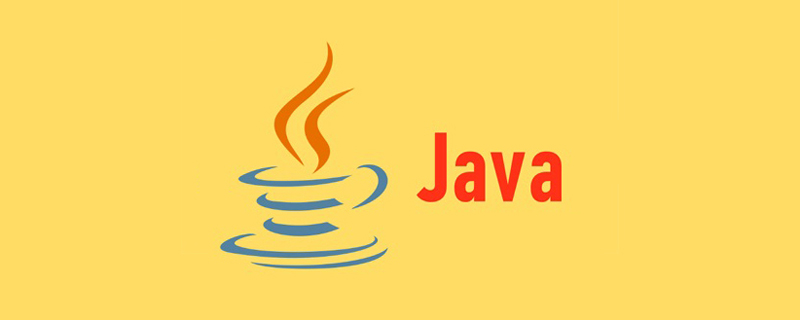 Java集合框架之PriorityQueue优先级队列Jun 09, 2022 am 11:47 AM
Java集合框架之PriorityQueue优先级队列Jun 09, 2022 am 11:47 AM本篇文章给大家带来了关于java的相关知识,其中主要介绍了关于PriorityQueue优先级队列的相关知识,Java集合框架中提供了PriorityQueue和PriorityBlockingQueue两种类型的优先级队列,PriorityQueue是线程不安全的,PriorityBlockingQueue是线程安全的,下面一起来看一下,希望对大家有帮助。
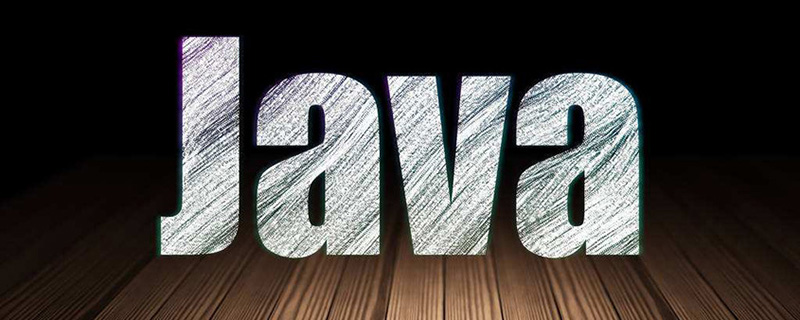 完全掌握Java锁(图文解析)Jun 14, 2022 am 11:47 AM
完全掌握Java锁(图文解析)Jun 14, 2022 am 11:47 AM本篇文章给大家带来了关于java的相关知识,其中主要介绍了关于java锁的相关问题,包括了独占锁、悲观锁、乐观锁、共享锁等等内容,下面一起来看一下,希望对大家有帮助。
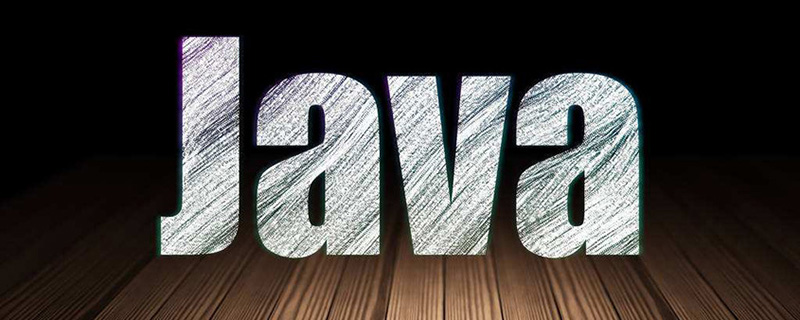 一起聊聊Java多线程之线程安全问题Apr 21, 2022 pm 06:17 PM
一起聊聊Java多线程之线程安全问题Apr 21, 2022 pm 06:17 PM本篇文章给大家带来了关于java的相关知识,其中主要介绍了关于多线程的相关问题,包括了线程安装、线程加锁与线程不安全的原因、线程安全的标准类等等内容,希望对大家有帮助。
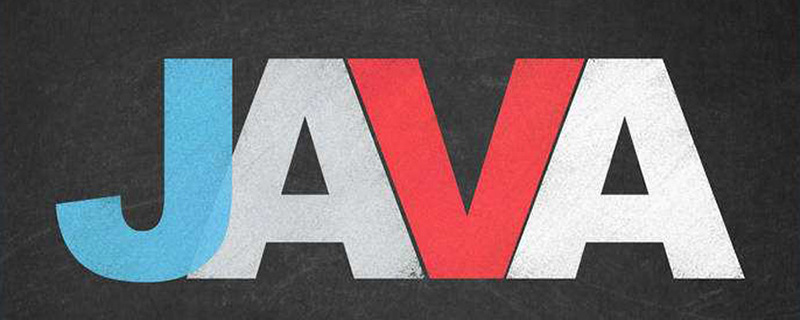 详细解析Java的this和super关键字Apr 30, 2022 am 09:00 AM
详细解析Java的this和super关键字Apr 30, 2022 am 09:00 AM本篇文章给大家带来了关于Java的相关知识,其中主要介绍了关于关键字中this和super的相关问题,以及他们的一些区别,下面一起来看一下,希望对大家有帮助。
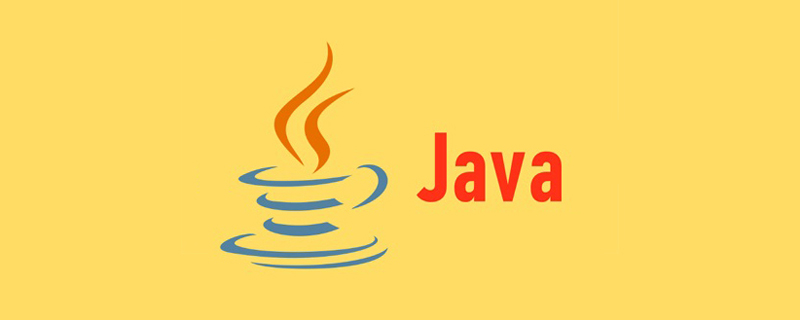 Java基础归纳之枚举May 26, 2022 am 11:50 AM
Java基础归纳之枚举May 26, 2022 am 11:50 AM本篇文章给大家带来了关于java的相关知识,其中主要介绍了关于枚举的相关问题,包括了枚举的基本操作、集合类对枚举的支持等等内容,下面一起来看一下,希望对大家有帮助。
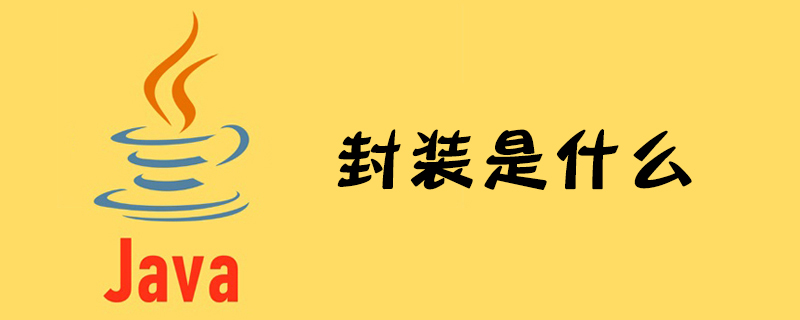 java中封装是什么May 16, 2019 pm 06:08 PM
java中封装是什么May 16, 2019 pm 06:08 PM封装是一种信息隐藏技术,是指一种将抽象性函式接口的实现细节部分包装、隐藏起来的方法;封装可以被认为是一个保护屏障,防止指定类的代码和数据被外部类定义的代码随机访问。封装可以通过关键字private,protected和public实现。
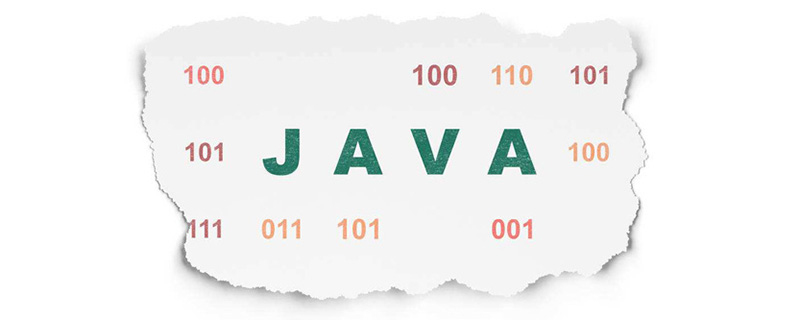 归纳整理JAVA装饰器模式(实例详解)May 05, 2022 pm 06:48 PM
归纳整理JAVA装饰器模式(实例详解)May 05, 2022 pm 06:48 PM本篇文章给大家带来了关于java的相关知识,其中主要介绍了关于设计模式的相关问题,主要将装饰器模式的相关内容,指在不改变现有对象结构的情况下,动态地给该对象增加一些职责的模式,希望对大家有帮助。


Hot AI Tools

Undresser.AI Undress
AI-powered app for creating realistic nude photos

AI Clothes Remover
Online AI tool for removing clothes from photos.

Undress AI Tool
Undress images for free

Clothoff.io
AI clothes remover

AI Hentai Generator
Generate AI Hentai for free.

Hot Article

Hot Tools

mPDF
mPDF is a PHP library that can generate PDF files from UTF-8 encoded HTML. The original author, Ian Back, wrote mPDF to output PDF files "on the fly" from his website and handle different languages. It is slower than original scripts like HTML2FPDF and produces larger files when using Unicode fonts, but supports CSS styles etc. and has a lot of enhancements. Supports almost all languages, including RTL (Arabic and Hebrew) and CJK (Chinese, Japanese and Korean). Supports nested block-level elements (such as P, DIV),

Safe Exam Browser
Safe Exam Browser is a secure browser environment for taking online exams securely. This software turns any computer into a secure workstation. It controls access to any utility and prevents students from using unauthorized resources.

MinGW - Minimalist GNU for Windows
This project is in the process of being migrated to osdn.net/projects/mingw, you can continue to follow us there. MinGW: A native Windows port of the GNU Compiler Collection (GCC), freely distributable import libraries and header files for building native Windows applications; includes extensions to the MSVC runtime to support C99 functionality. All MinGW software can run on 64-bit Windows platforms.

Notepad++7.3.1
Easy-to-use and free code editor

SublimeText3 Linux new version
SublimeText3 Linux latest version







